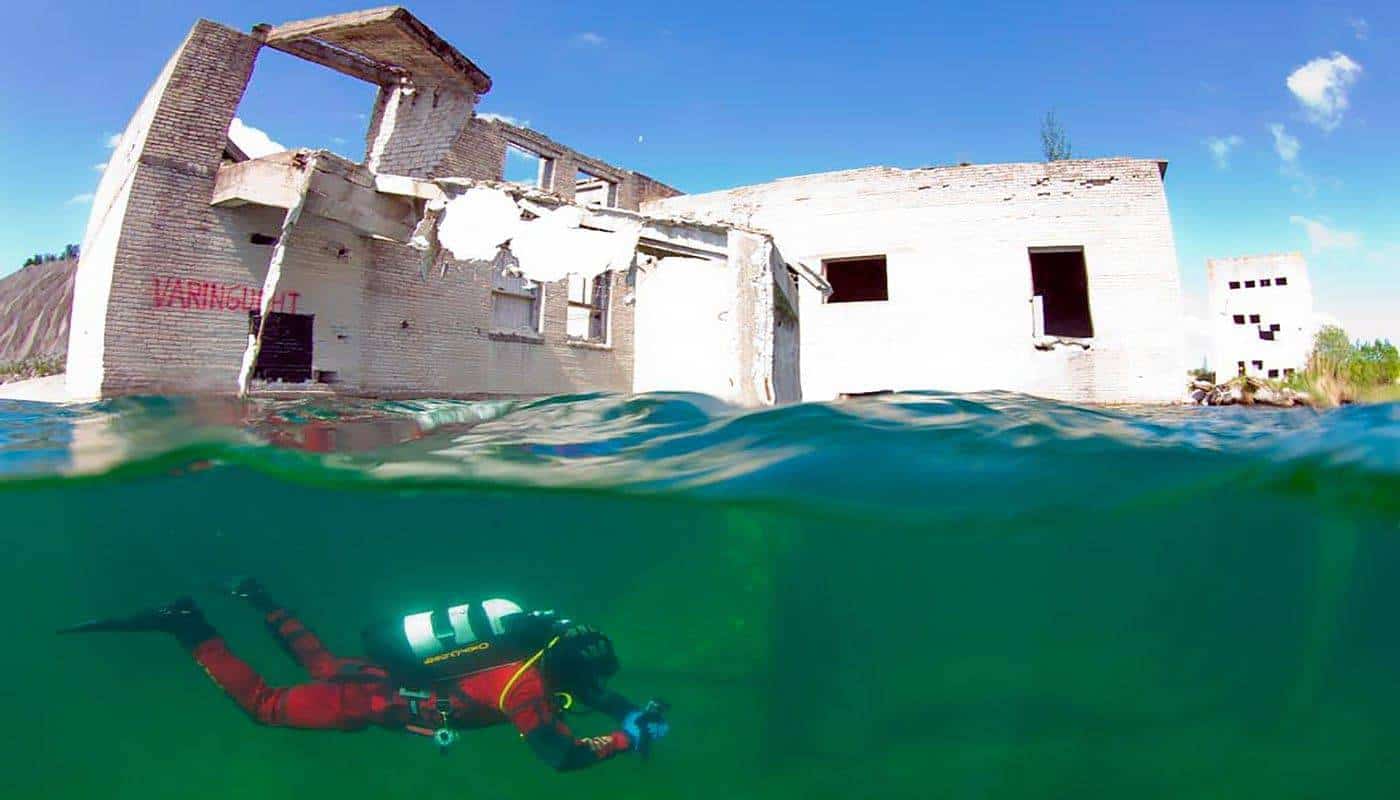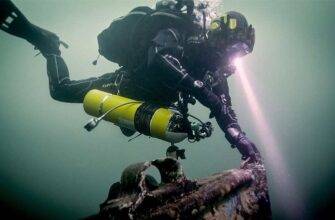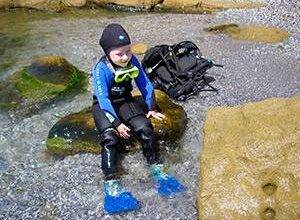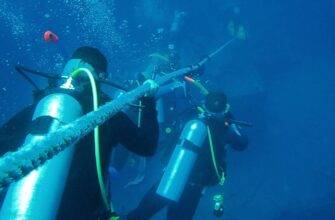
Even though we usually don’t notice it, the air is constantly putting pressure on us. However, if you have ever walked against a strong wind, you have felt a force against your body. This shows that air can exert pressure and has some mass.
But we don’t usually feel air pressure because the human body is composed primarily of fluid, so the pressure is distributed evenly throughout the body. The few air cavities in your body, your ears, sinuses, and lungs, are filled with air under pressure, or outside air pressure.
However, when the ambient air pressure changes, such as when your altitude changes sea level while flying in an airplane or driving a car over mountainous terrain, you notice the change in pressure by the riddling sensation in your ears.
Just as air exerts pressure on you at the surface, water exerts pressure on you when you are submerged. But because water is much denser than air, the change in pressure under water is much faster, and you feel this change much more strongly.
Water pressure, like air pressure, is mostly not felt by the body, except for the air cavities in your body. When the water pressure changes in accordance with the change in depthit increases the feeling of pressure that you notice.
As you learn and with increasing experience, you will learn to avoid problems with water pressure and with air cavities in the body.
Now that you have grasped the basic concepts and principles of buoyancy and pressure, let’s look at the interaction between pressure, volume and density, their effects on the diver and how to deal with those effects.





